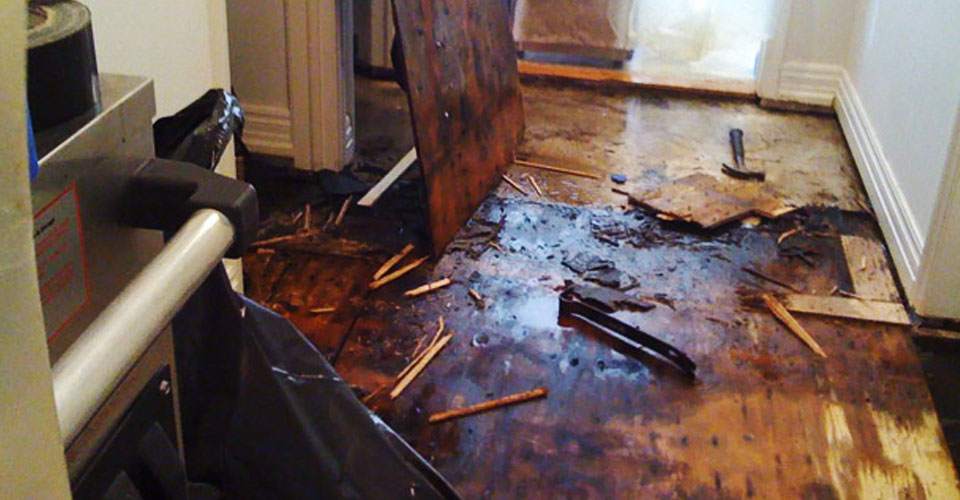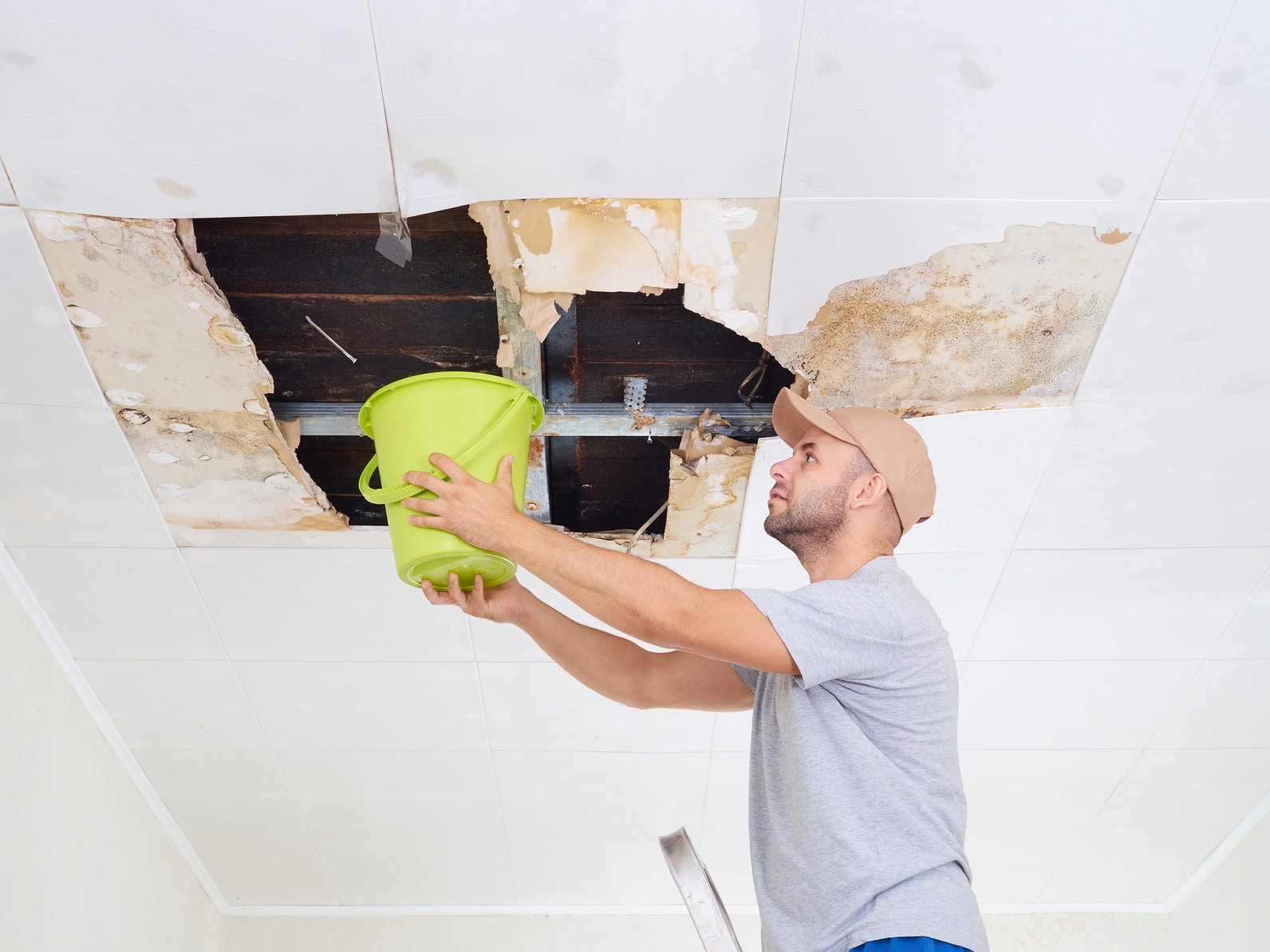6 Water Damage Repair Do's and also Don'ts.
Go ServicesThis great article in the next paragraphs involving Ways to Reduce The Risk Of Fire And Water Damage is totally stimulating. Try it and draw your own conclusions.

Water provides life, water breach on components where it's not meant to be can result in damage. If the water soaks right into your framework, it can peel away surface areas and also wear down the foundation. Mold and mildew as well as mildew additionally prosper in a moist environment, which can be unsafe for your health and wellness. Homes with water damages scent old and also musty.
Water can originate from lots of sources such as tropical storms, floods, ruptured pipes, leakages, and sewage system concerns. In case you experience water damage, it would certainly be great to know some security precautions. Right here are a few guidelines on just how to take care of water damages.
Do Prioritize House Insurance Policy Protection
Water damage from flooding dues to hefty winds is seasonal. You can also experience an unexpected flood when a damaged pipe unexpectedly breaks into your house. It would certainly be best to have home insurance coverage that covers both disasters such as all-natural calamities, as well as emergency situations like broken plumbing.
Do Not Forget to Shut Off Energies
In case of a calamity, especially if you reside in a flood-prone location, it would certainly be advisable to turn off the main electrical circuit. This removes power to your entire home, protecting against electric shocks when water comes in as it is a conductor. Don't forget to turn off the main water line valve. When floodwaters are high, furnishings will move and also cause damage. Having the major shutoff turned off prevents more damage.
Do Stay Proactive and Heed Weather Alerts
Tornado floodings can be really uncertain. If there is a background of flooding in your community, stay prepared and also aggressive. Pay attention to emptying warnings if you live near a lake, river, or creek . Get valuables from the very beginning as well as basement, after that placed them on the highest possible level. Doing so lowers prospective residential property damage.
Do Not Ignore the Roofing System
You can avoid rain damages if there are no holes and leaks in your roofing. This will certainly prevent water from flowing down your wall surfaces and also saturating your ceiling.
Do Take Note Of Little Leakages
A ruptured pipeline does not occur overnight. You may discover bubbling paint, peeling wallpaper, water streaks, water stains, or dripping noises behind the walls. Have your plumbing repaired before it results in huge damage.
Don't Panic in Case of a Ruptured Pipeline
Maintaining your clearheadedness is important in a time of dilemma. Since it will stifle you from acting quickly, worrying will just intensify the problem. Timing is crucial when it comes to water damage. The longer you wait, the more damage you can expect. Hence, if a pipe bursts in your home, immediately shut down your primary water valve to remove the resource. Then disconnect all electric outlets in the area or turn off the breaker for that part of your house. Call a trustworthy water damage restoration professional for support.
Water gives life, water invasion on components where it's not expected to be can result in damages. Homes with water damages smell moldy and also old.
Water damage from flooding charges to heavy winds is seasonal. You might see bubbling paint, peeling wallpaper, water touches, water discolorations, or dripping noises behind the wall surfaces. When it comes to water damage, timing is crucial.
Some Do's & Don't When Dealing with a Water Damage
DO:
Make sure the water source has been eliminated. Contact a plumber if needed. Turn off circuit breakers supplying electricity to wet areas and unplug any electronics that are on wet carpet or surfaces Remove small furniture items Remove as much excess water as possible by mopping or blotting; Use WHITE towels to blot wet carpeting Wipe water from wooden furniture after removing anything on it Remove and prop up wet upholstery cushions for even drying (check for any bleeding) Pin up curtains or furniture skirts if needed Place aluminum foil, saucers or wood blocks between furniture legs and wet carpet Turn on air conditioning for maximum drying in winter and open windows in the summer Open any drawers and cabinets affected for complete drying but do not force them open Remove any valuable art objects or paintings to a safe, dry place Open any suitcases or luggage that may have been affected to dry, preferably in sunlight Hang any fur or leather goods to dry at room temperature Punch small holes in sagging ceilings to relieve trapped water (don't forget to place pans beneath!); however, if the ceiling is sagging extremely low, stay out of the room and we'll take care of it DO NOT:
Leave wet fabrics in place; dry them as soon as possible Leave books, magazines or any other colored items on wet carpets or floor Use your household vacuum to remove water Use TV's or other electronics/appliances while standing on wet carpets or floors; especially not on wet concrete floors Turn on ceiling fixtures if the ceiling is wet Turn your heat up, unless instructed otherwise

As a fervent person who reads about Ways to Reduce The Risk Of Fire And Water Damage, I was thinking sharing that chunk was a good thing. So long as you enjoyed our article please be sure to pass it around. Thanks so much for your time invested reading it.